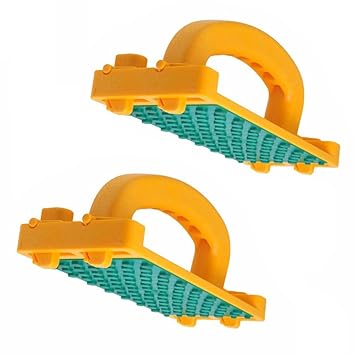The actual safe stock length for a given jointer depends on the size of the opening for the cutterhead. It's really just a matter of having enough length of board supported by the infeed table to keep the board stabilized. As the bed surface that is supporting the work piece becomes shorter, the percentage of board that is over the cutterhead increases compared to that which is supported by the table. The shorter the board, the higher percentage you have "resting" on the cutterhead, and the more tippy the board becomes. That's when it tips into the cutterhead it kicks back.
An experienced user, if paying close attention, can probably joint 8" stock without incident "most of the time", but the chances of a kickback are still much higher than with a 12"+ board. I've occasionally jointed stock that short, but I would not advise someone who is just learning to attempt it. When I have to joint a shorter piece of stock, I pull out a hand plane. You can joint an 8" board pretty easily, even with a #4 plane.







